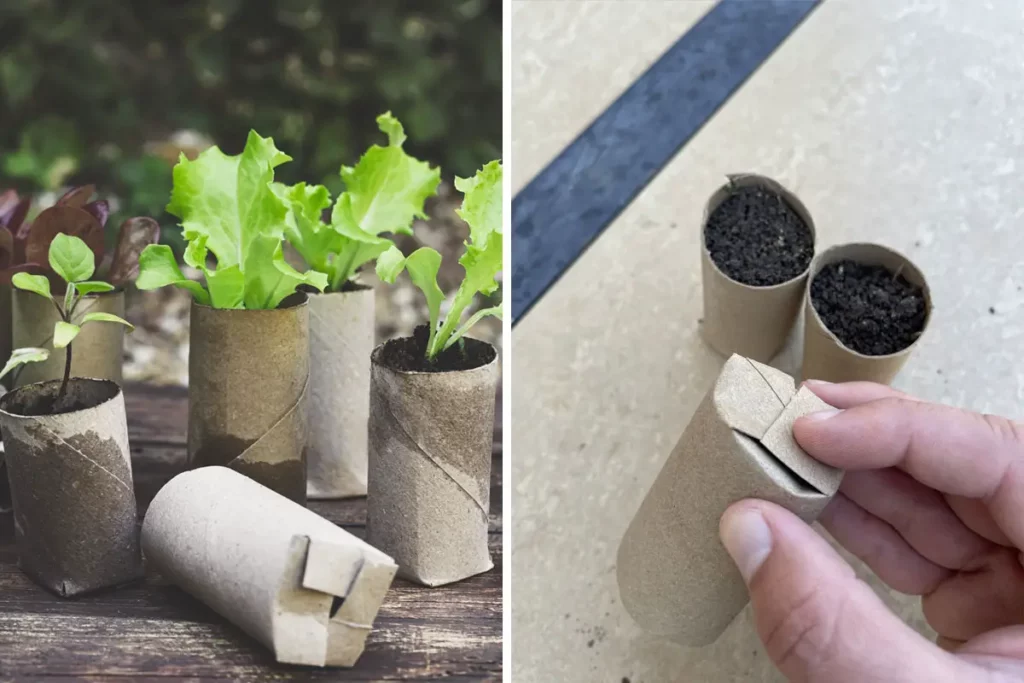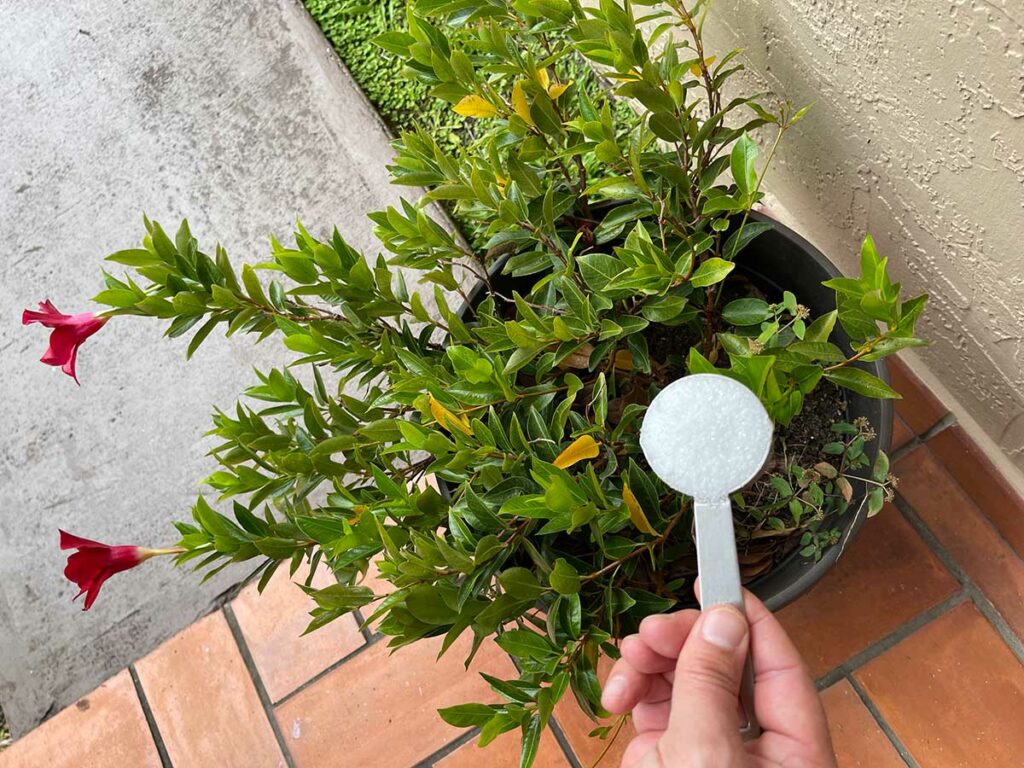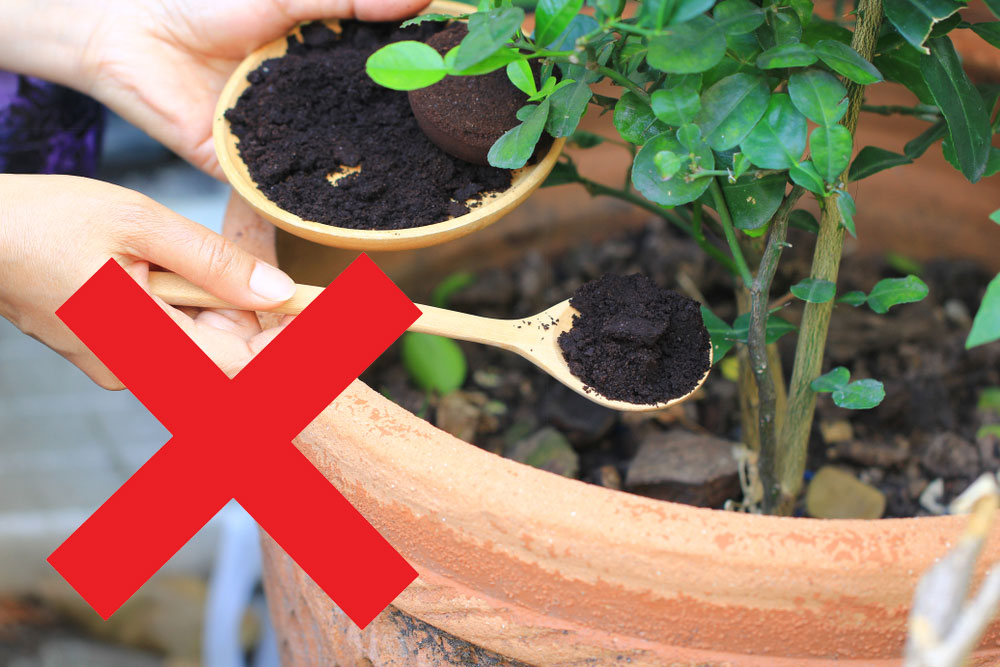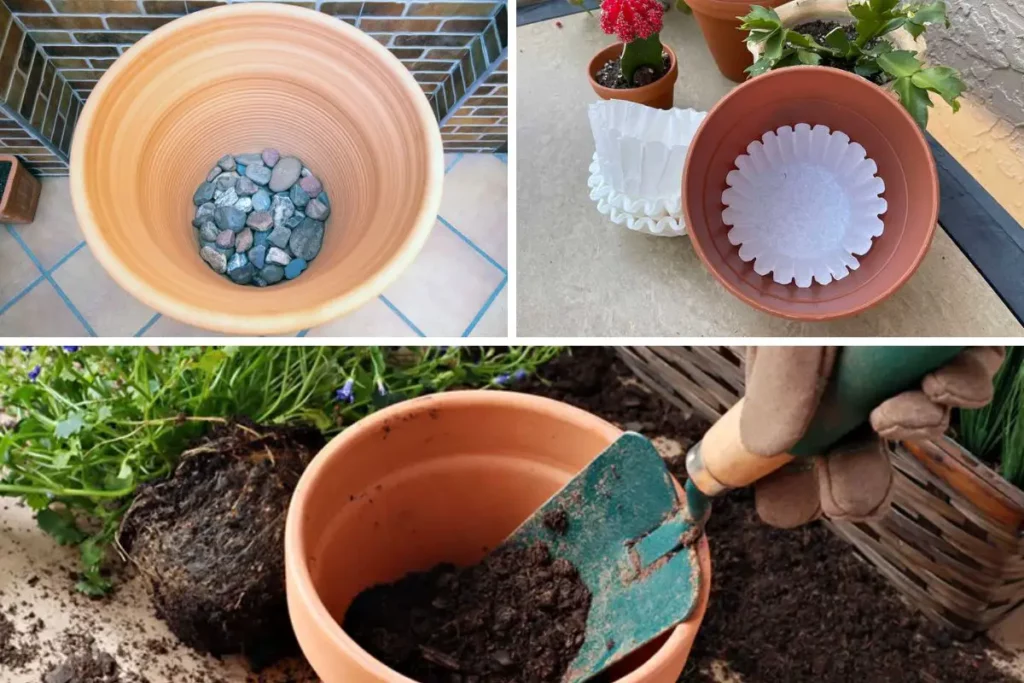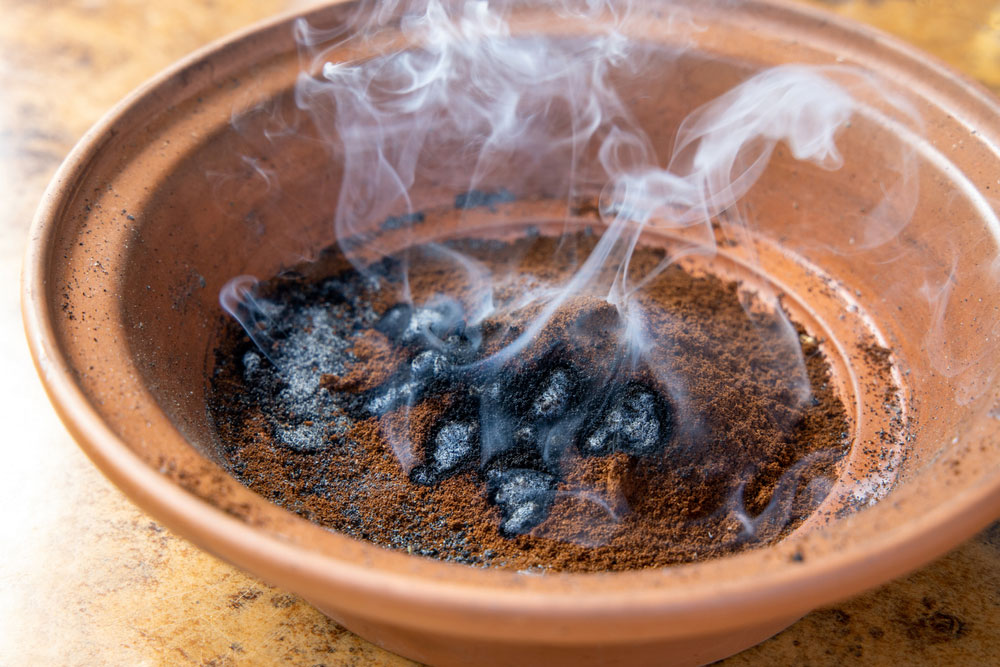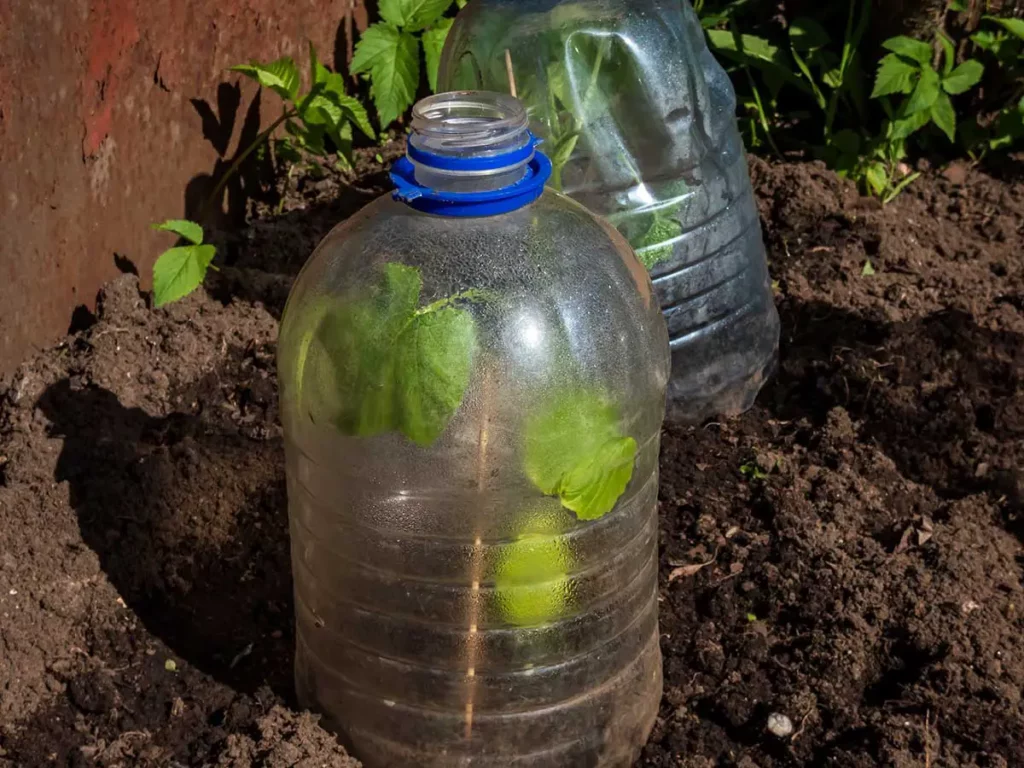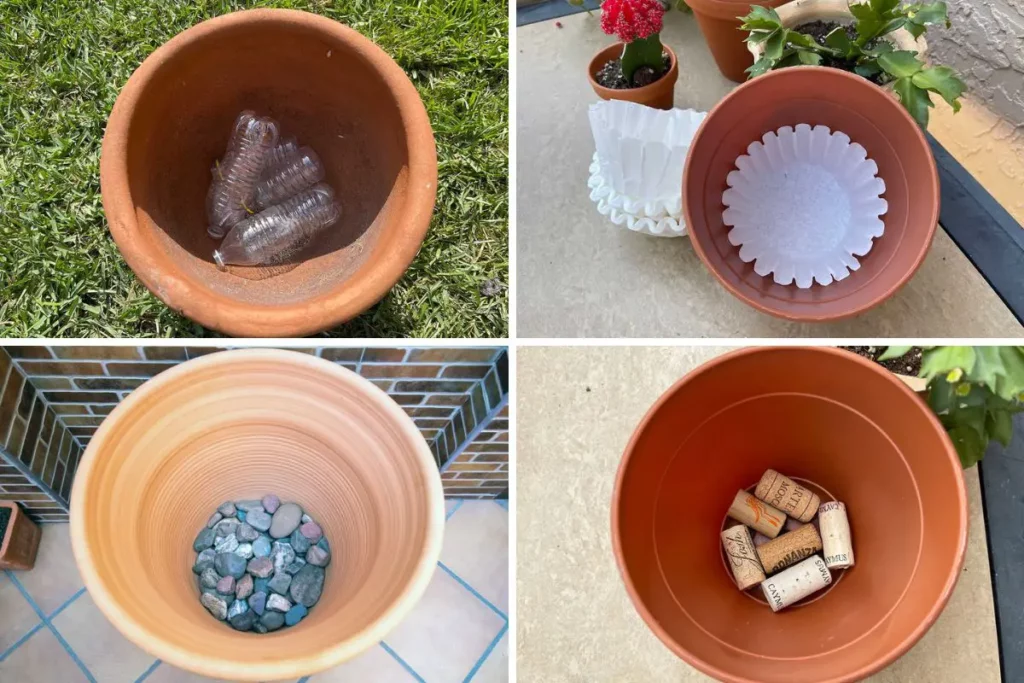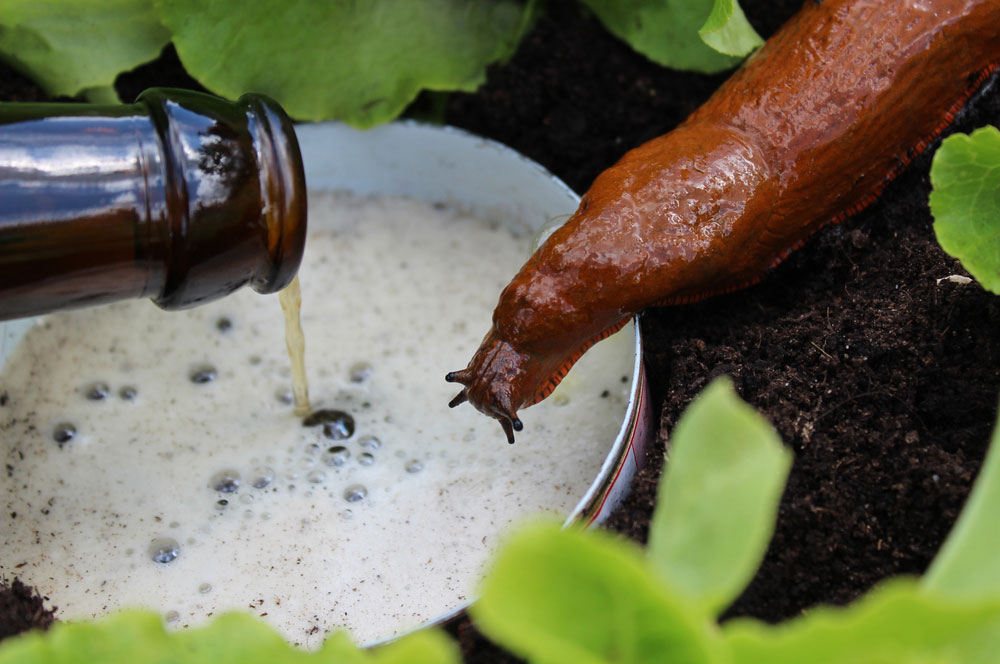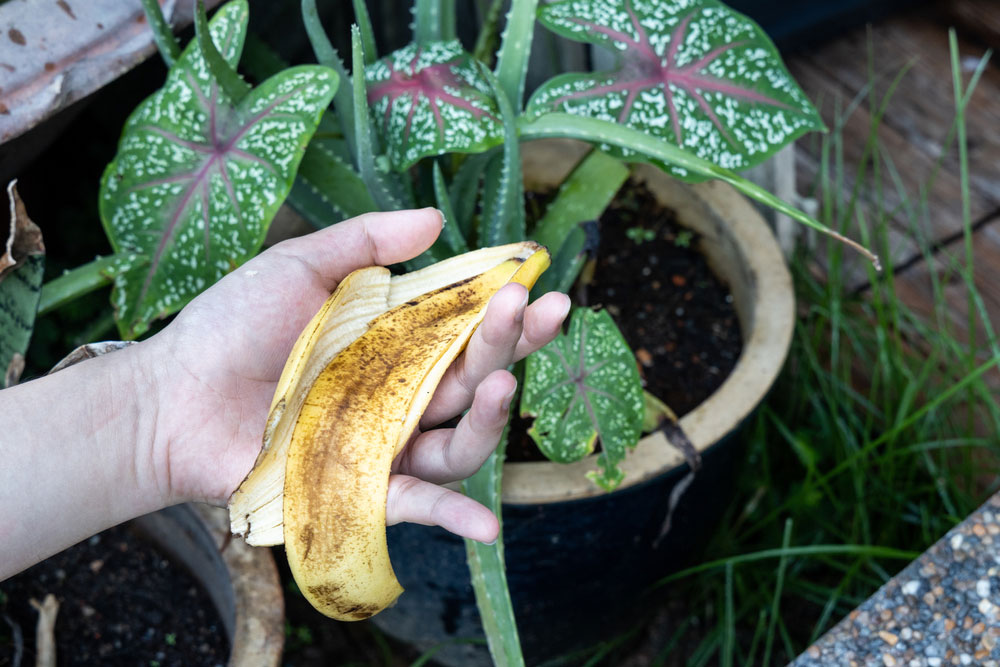
Gardening enthusiasts are always seeking natural ways to nourish their plants, and you might be surprised to discover that the answer could be right in your kitchen.
Banana peels, often tossed out as trash, are a treasure trove of nutrients that your garden plants crave. Rich in potassium, phosphorus, and calcium, these peels can be turned into a liquid fertilizer that supports plant growth and resilience.
You might be familiar with composting banana peels, but turning them into a quick-release fertilizer is an alternative method that can directly benefit your plant’s health.
By soaking banana peels in water, you create a nutrient-rich solution that can be used to water your plants. This process is simple, cost-effective, and an eco-friendly way to reduce kitchen waste.
It’s especially useful for plants that require high potassium intake, such as tomatoes, peppers, and flowers.
Using banana peel water not only feeds your plants with essential minerals but also encourages sustainable gardening practices.
Benefits of Banana Peel Water for Plants
Banana peel water is rich in potassium, an essential nutrient for plant growth. It reinforces your plant’s cell walls, aiding in their strength and vitality. Potassium also plays a crucial role in various plant processes, including water and nutrient transport, which can improve your plant’s drought resistance and overall health.
Additionally, this homemade fertilizer provides phosphorus and calcium. Phosphorus is vital for the energy transfer within plants, supporting flowering and root development. Calcium is necessary for cell production and growth, promoting a sturdy structure for your plants.
Easy Nutrient Absorption
- Banana peel water is in a liquid form, making nutrients readily available for absorption by plants.
- Faster uptake compared to solid banana peels ensures that plants receive benefits sooner.
Eco-Friendly and Cost-Effective
- Utilizing banana peels means you’re recycling kitchen waste, reducing your carbon footprint.
- You save money by reducing the need to buy commercial fertilizers.
How to Use
- Soak banana peels in water for about 48 hours.
- Strain the water to remove any pieces of banana peel.
- Use this water to irrigate your plants, ensuring they receive the added nutrients.
Regular application of banana peel water can have a noticeable impact on the health and vigor of your plants. Watch as they flourish with the added nutritional support, sporting lusher leaves and more robust blooms.
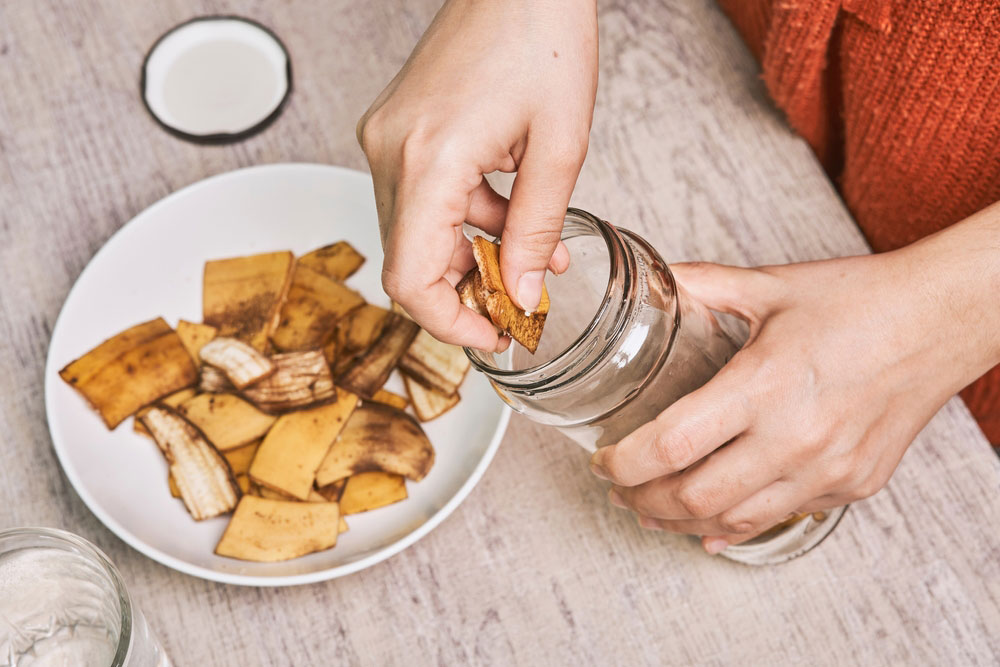
Preparing Banana Peel Water
Creating nutrient-rich banana peel water for your plants is a sustainable way to provide them with essential minerals. Follow these steps to prepare this natural fertilizer.
Collecting Banana Peels
- Step 1: Gather banana peels from consumed bananas. You will need about 3 to 4 peels for a standard batch.
- Step 2: Ensure the peels are clean and free from any additional food waste or stickers.
Fermenting the Peels
- Step 1: Cut the peels into small pieces to expose more surface area, which will speed up the fermentation process.
- Step 2: Place the peel pieces in a glass jar and fill it with water, covering the peels completely.
Tip: Seal the jar loosely to allow gases to escape and let it sit for 7 to 14 days. This duration allows the peels to ferment and release nutrients into the water.
Diluting the Concentrate
- Step 1: After fermentation, strain the banana peel water into another container, separating the liquid from the solids.
- Step 2: Dilute the concentrate with water using a 1:5 ratio (one part banana peel water to five parts water) to ensure it is safe for use on your plants.
Remember to feed your plants with the diluted banana peel water during their regular watering schedule for best results.
How to Use Banana Peel Water
Banana peel water is a simple and natural fertilizer that can be easily made and applied to your plants. It provides essential nutrients like potassium, phosphorus, and calcium.
Frequency of Application
For optimal results, apply banana peel water to your plants once a week. This regularity ensures that your plants receive a steady supply of nutrients without the risk of over-fertilization.
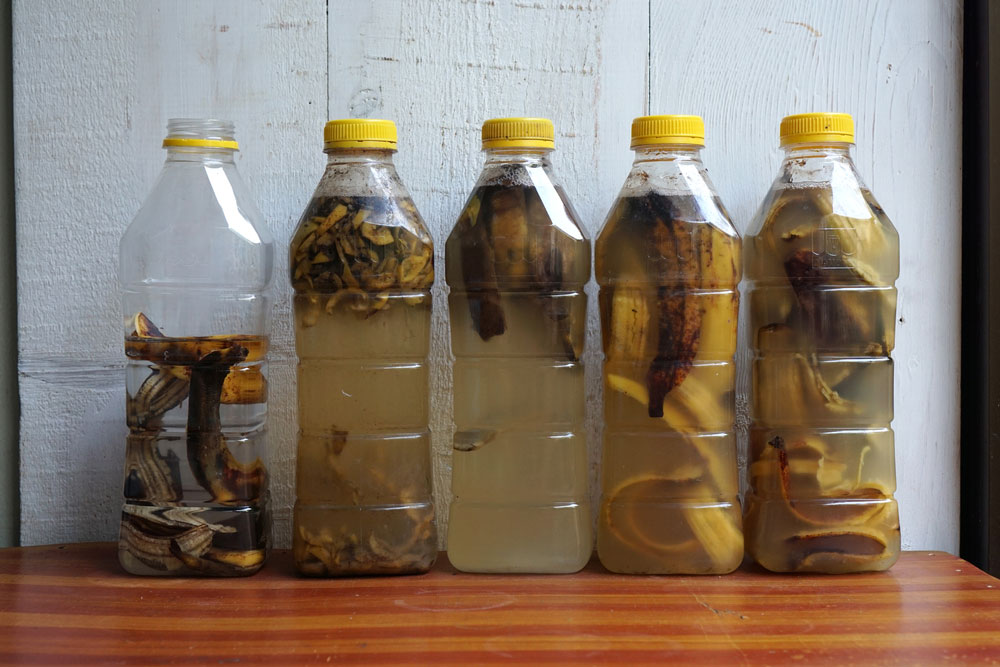
Application Methods
To use banana peel water effectively, you may consider the following methods:
Soil Drenching:
- Pour the banana peel water directly at the base of the plant, aiming for the roots.
- Use approximately one cup for small plants and up to 2-3 cups for larger ones.
Foliar Spray:
- Dilution: Dilute the banana peel water with equal parts of clean water.
- Spraying: Lightly mist the plants’ leaves early in the morning or late in the afternoon to avoid burning the leaves under strong sunlight.
Common Mistakes to Avoid
When using banana peel water as a plant fertilizer, it’s important to sidestep some common missteps to ensure your plants thrive:
- Overfertilizing: Your plants need balance. Avoid using banana peel water too frequently, as excess nutrients can harm your plants. Stick to once a week at most.
- Incorrect Preparation:
- Don’t forget to clean: Always rinse peels thoroughly to remove pesticides.
- Ratio is key: Use a consistent ratio, like 1 part banana peel to 5 parts water.
- Storage Issues:
- Freshness matters: Use the banana peel water within 2-3 days. Storing it for too long may cause it to degrade or ferment, which isn’t good for your plants.
- Neglecting Soil pH:
- Pay attention to your soil’s pH. If it’s already high, adding alkaline banana peel water might not be beneficial.
- Misapplication:
- Avoid direct leaves application: Apply the water to the soil, not on the leaves, to prevent burns.
- Consistency is crucial: Pour it gently around the base of the plant rather than dumping it all at once.





